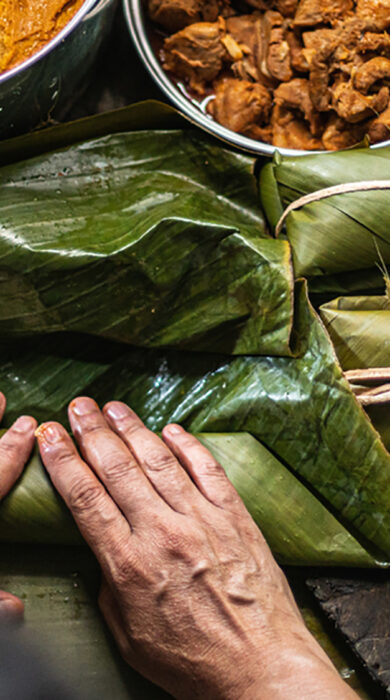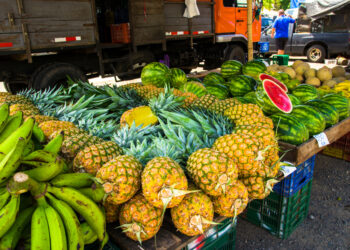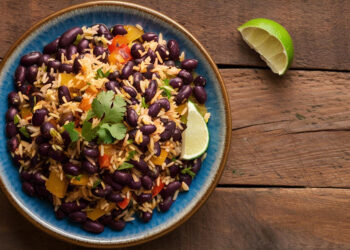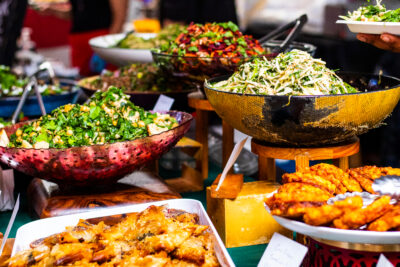
A guide to Costa Rica’s culinary scene: from the traditional to the contemporary
Fresh produce and home-style cooking, shaped by Spanish, Caribbean
and Indigenous influences, will have you craving Costa Rican dishes
long after you’ve left, says travel writer Rachel Truman
Tropical fruits flourish here. Some are familiar, such as pineapples and passion fruit; others are exotic and intriguing. There is guanabana (soursop), marañón (a sour cashew fruit), pejibaye (peach palm fruit), jocote (a sour stone fruit) and bite-size nance (distilled to make a heady liquor). You’ll see fruit stands brimming with colourful produce wherever you go, while drool-worthy fruit platters are de rigueur at breakfast.
Street vendors also sell tasty Tico treats. On the Caribbean coast, look out for pati (spicy patties) and gallos, small tortillas daubed with a blob of meat or picadillo (a mixture of minced meat, vegetables and spices). Cool off with a copo – a cone of shaved ice drenched with syrup and drizzled with condensed milk. You’ll soon see why gallo pinto (smoky black beans and rice) is a national obsession. Be sure to also work your way through the array of tamales, crispy empandas and lime-drenched ceviches.

Walking tours of San Jose’s historic Central Market are a great way to try some typical Tico food. You’ll find plenty of sodas (small, low-key cafés serving traditional cuisine) here, dishing up local favourites such as casados – a workers’ lunch of combo-style plates that typically feature a protein, rice, picadillo, cabbage salad and trimmings such as tortillas, plantains and sauces.
Opt for arroz con camarones (rice with prawns) and whole snapper on the coast. Out there, the shores are peppered with hip beachside restaurants. On the Pacific side of the country, hit up Pangas Beach Club for its seafood-heavy Guanacaste sampler plate, and also try the steak, which has been sizzled on volcanic rocks.
For seriously refined food, book into Silvestre in downtown San José, acclaimed for its elevated take on local classics and firm focus on sustainable ingredients. Think hearts of palm cake with gremolata, white tomato sauce and crispy corn, or charcoal-grilled wahoo fish with chilli, cashew and corn broth.

In the capital, the gastronomic traditions of Costa Rica’s Indigenous people, including the Bribri and Cabécar, are preserved and showcased at Sikwa. Chef Pablo Bonilla educated himself on the age-old recipes of these communities, as well as their cooking techniques and ingredients. You can try his spin on them in his restaurant/research centre. Of course, you can’t enjoy the robust flavours of Costa Rica without trying the country’s prized coffee. See where your morning brew comes from by staying on an organic coffee farm. Finca Rosa Blanca, for example, is just one of the many places in Costa Rica that takes guests on tours and tastings. While there, be sure to order a café chorreado to try the nation’s traditional pour-over coffee.



















